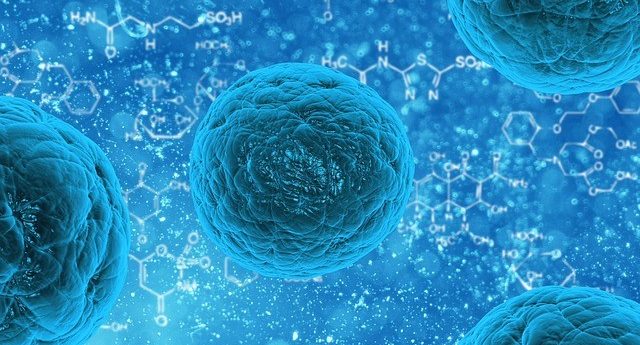Study highlights importance of source and age-related changes in stem cells for personalized medicine

A new study by the The Lieber Institute for Brain Development provides new insights into molecular differences in stem cells from different sources for use in personalized medicine
New findings suggest that the source of human cells used to generate new tissues and organs may be a key factor in personalized medicine. The Lieber Institute for Brain Development (LIBD) (MD,US) released the results of a study highlighting molecular differences in stem cells from different sources for use in personalized medicine. The study was recently published in PLOS Genetics.
Significant investments are being made worldwide in precision medicine and a lot of research is going into production of stem cell lines to generate new tissues and organs. Specialists primarily relied on skin samples as their source of cells due to their ability to grow in culture and the relative ease of acquisition and manipulation in the laboratory. Andrew Jaffe and his team at LIBD discovered that both location and age of cell samples from patients are important factors to considerate when generating patient-specific stem cell lines.
The most utilized cell types for generating patient-specific stem cells are skin-derived which potentially received the highest amount of environmental exposure. The LIBD investigators compared fibroblast lines from the dura mater of post-mortem brains to lines from skin samples in the same individuals. While the cells appeared identical under a microscope, this study identified widespread differences in epigenetic and gene expression, suggesting strong epigenetic memory from the cell’s original location in the body. In addition, researchers discovered sites that were significantly associated with the age of the donor.
Study leader Andrew Jaffe noted, “These age-related changes are one of the first examples, to our knowledge, of significant age-related changes in a pure cell population that is many divisions from the original cells.”
As the field of personalized medicine continues to grow, this evidence needs further research into the epigenetic patterns in stem cells used for new tissue and organ generation.
Sources:
Nikolay A. Ivanov, Ran Tao, Joshua G. Chenoweth et al. Strong Components of Epigenetic Memory in Cultured Human Fibroblasts Related to Site of Origin and Donor Age. PLOS Genetics,doi:10.1371/journal.pgen.1005819 (2016) (Epub before print); www.eurekalert.org/pub_releases/2016-02/p-soc022416.php